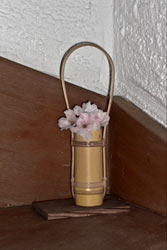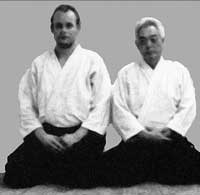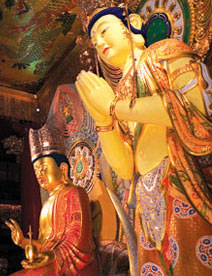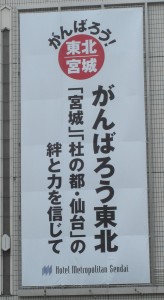I often wonder, why so many of us are so eager to get degrees and certificates? A coloured or black belt for the martial arts, student- and master ranks for calligraphy, flower arrangement, or even a certificate stating your Enlightenment for some few Zen-students.
But what kind of Enlightenment is that, which can be proofed by a sheet of paper? Would you seriously consider asking your partner for a certificate to hang above your bed, confirming your qualities as a lover after a perfect night?
Looking back in Japanese history, the system of certification was introduced mainly to create a life-long dependency of the student from his master. The student will most likely never be free, and it is this master alone, who will or will not promote him to the next rank, years after he worked so hard for him and paid sufficient tuition and examination fees. And if the master wishes to do so, he can any time take everything away from his devoted student, without any justification.
I have seen so many dedicated and talented students of Japanese (martial) arts, who lost all joy and pleasure of studying while hunting for the next degree, or the next teacher, who has a higher rank in his pocket as a welcome gift. And I have met others, who, in desperate need of high ranks, founded their own organisations, to issue degrees to themselves.
Why can’t we just enjoy what we learn? Why not gradually improve our skills, and trust our intuition and our teacher’s guidance, that things develop in the right direction?
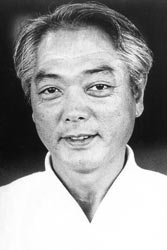 I never saw my beloved Aikido teacher Kobayashi Hirokazu examining students or issuing degrees. His teaching was generous, and we stayed independent. He sometimes said, he gives us the pearls, but making the necklace from them is our duty.
I never saw my beloved Aikido teacher Kobayashi Hirokazu examining students or issuing degrees. His teaching was generous, and we stayed independent. He sometimes said, he gives us the pearls, but making the necklace from them is our duty.
In my Dojo, there is examination every day, every moment! As soon as you come through the door, until you drive away with your car, I see you! And you see me. Both of us pass or fail, moment by moment, no difference. I won’t write it on a sheet of paper, and I won’t ask you to do so.
Tomorrow, we get our next chance, pass or fail, and so on, day by day. This is our life, moment for moment, day by day!
